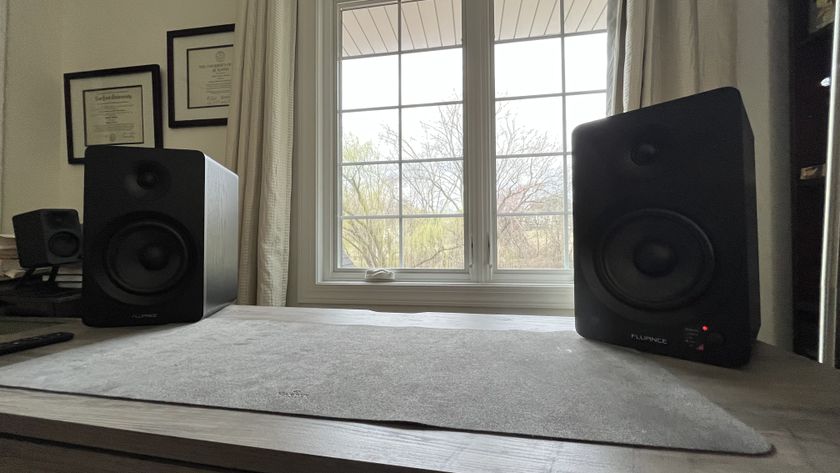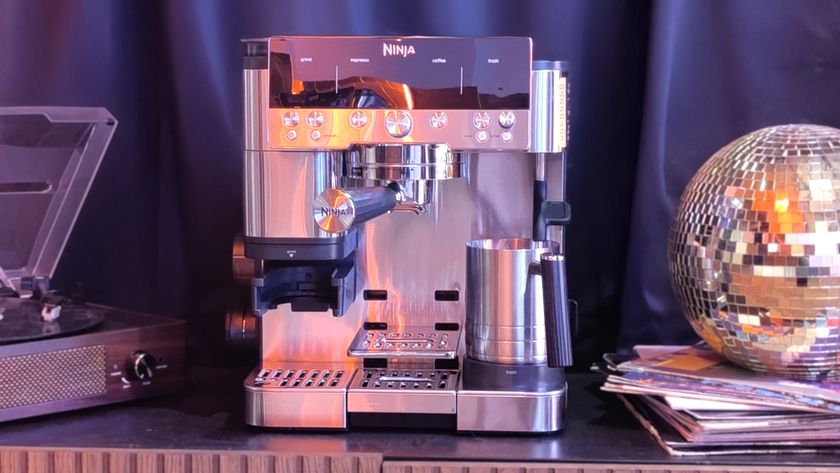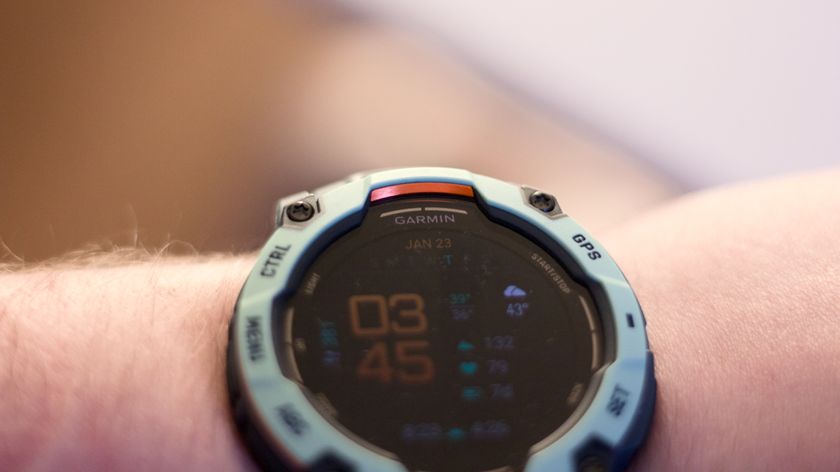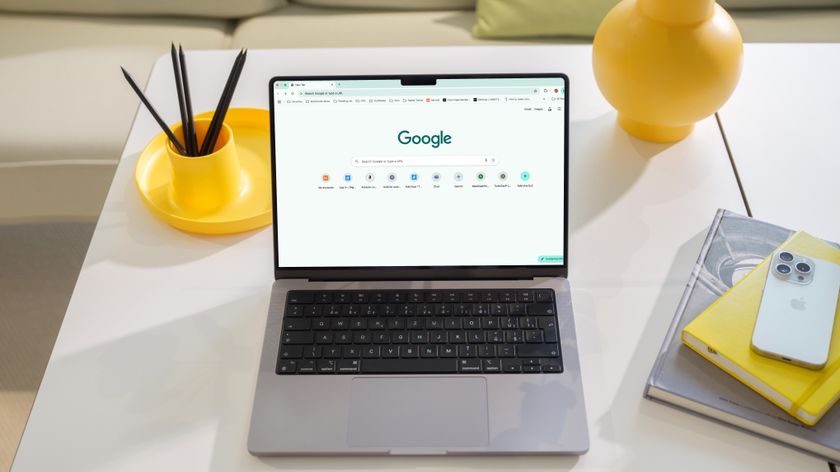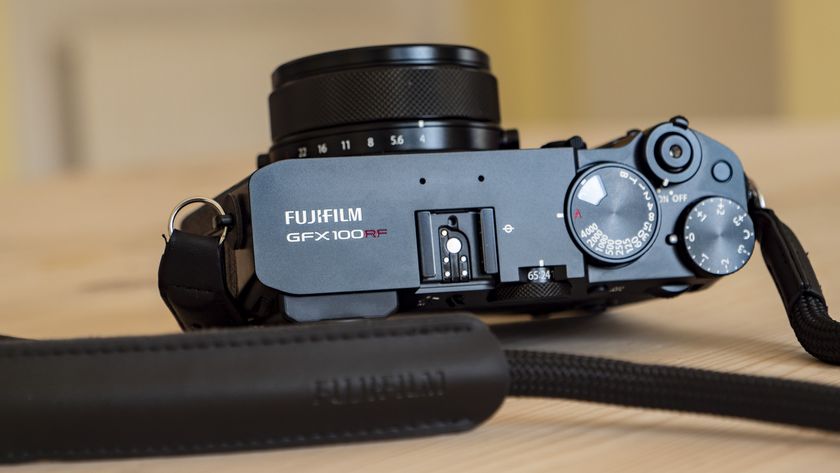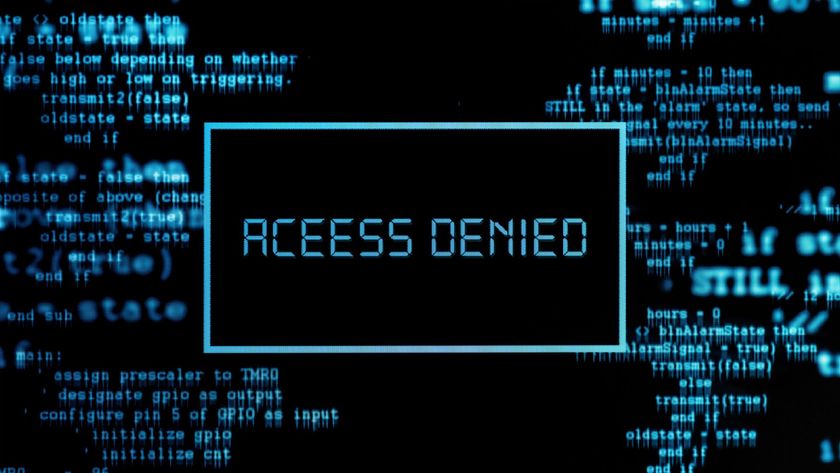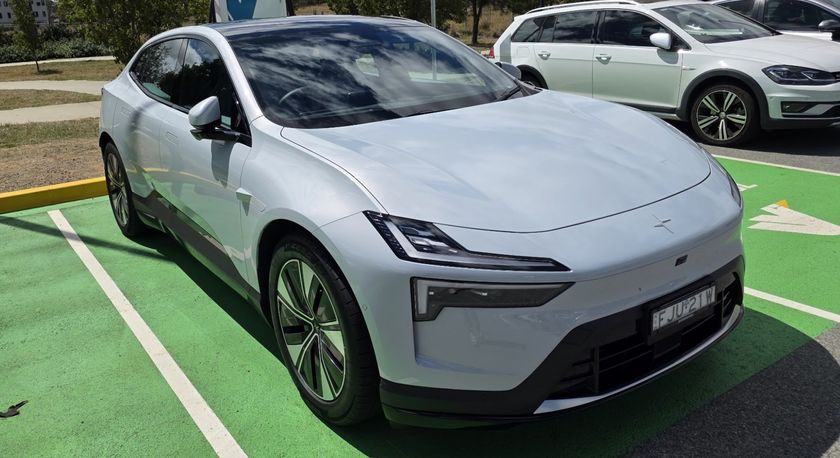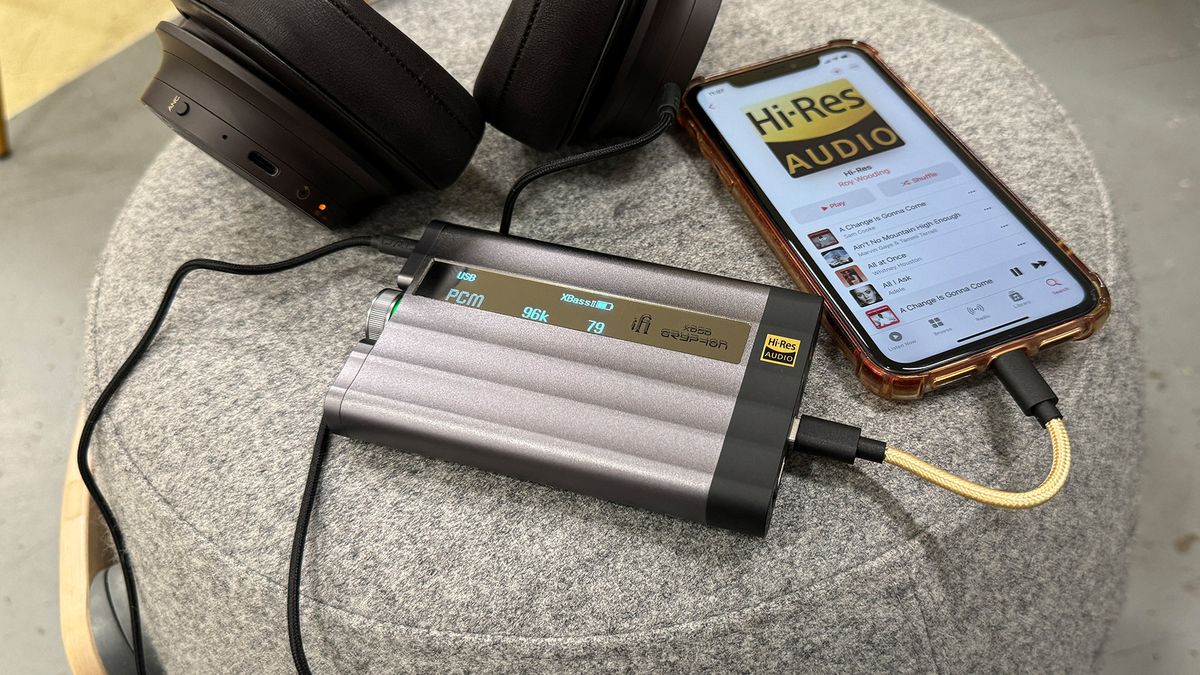
If you've been in the market for a set of the best headphones, the best stereo speakers, the best DACs or heck, even the best MP3 players (which now do so much more than play lossy, compressed audio), you'll have seen plenty of products touting support for Hi-Res Audio. What was once the sole domain of premium kit has trickled down to more affordable audio hardware, both thanks to general power creep and growing support for Hi-Res from the best music streaming services too.
But what exactly is Hi-Res Audio? How does it work? It's not a prerequisite to enjoying music, but if you want it, how do you get it? Let's find out.
What is Hi-Res Audio?
'Hi-Res Audio' (the proper noun, in title case) is just a branding convention, formally defined by a number of music industry bodies a decade ago to cover all kinds of hi-res audio (the noun, in lower case). The 2014 ratification of the standard does not nail down a single format, but there is a benchmark that audio must pass to be considered hi-res.
The standard states that Hi-Res Audio is "lossless audio that is capable of reproducing the full range of sound from recordings that have been mastered from better than CD quality sources."
This means any device which can handle bit depths greater than 16-bit and sampling frequencies beyond 44.1kHz – the baseline of CD audio – can be branded Hi-Res. It doesn't matter how far above these marks they can reach, which means it's worth a little due diligence beyond the label to check exactly what that hardware can handle.
High resolution files typically employ 24 bits per sample, meaning that every point on their waveforms can be at one of 24 distinct amplitudes, and their sample rate – that is, the number of individual samples they contain every second – tends to vary anywhere between 48kHz and 192kHz.
The higher the numbers, the better, but that extra information density leads to larger file sizes and greater demands on data transfer speeds.
Get daily insight, inspiration and deals in your inbox
Sign up for breaking news, reviews, opinion, top tech deals, and more.
What is lossless Audio?
Although the term is often used interchangeably with hi-res, lossless audio is actually a different beast. A lossless file simply contains all of the original information used to make up the original recording – the track is delivered "without loss".
That does not mean lossless audio is uncompressed (thankfully, for those of us with data caps), but it does mean that whatever compression algorithm is used basically leaves the track as it found it. Lossless formats include WAV, Apple's ALAC, FLAC, MQA, and the seldom-seen WMA Lossless. FLAC is the most common – it's a good mix of solid compression and an open protocol. (Want to know more on audio file types? We've got you; bone up on those in our Audio file format explainer).
In contrast, 'lossy' compression brings files down to size by literally cutting out certain information. Lossy files might remove the highest frequencies, the lowest rumbles, the bits in-between the notes that untrained ears find it hard to detect. MP3 is probably the most notable lossy format, along with Ogg Vorbis (OGG), AAC and WMA.
Hi-res tracks have to be lossless, but the inverse is not true: CDs are considered lossless, to offer one counterintuitive example, and a small amount of the ALAC files found on Apple Music top out at CD quality 16-bit/44.1 kHz, which puts them just below the Hi-Res barrier, despite being offered in a lossless format.

How do I play hi-res audio?
Getting hi-res tracks into your ears comes down to three things: the source, the playing hardware, and the signal path.
The first is obvious. You need a hi-res file if you want to listen to hi-res music. Say what you will about onboard upscaling engines – see Sony's entry-level Digital Sound Enhancement Engine (DSEE) processor, found in the Sony WF-C700N – to dig extra detail out of bog-standard digital music files, there's no substitute for the real thing. Whether this comes from a music streaming service, a downloaded file, or even a Pure Audio Blu-ray Disc doesn't matter.
Next, you'll need hardware that's capable of decoding and reproducing hi-res audio. It's no good squirrelling hi-res files onto a device if that same device doesn't have the necessary chops (usually, that'll be the DAC) to get them out again. In most cases, the big bold label on the box will be enough to indicate a product's abilities, but phones and computers can be convinced to play most files even without such certification, and brands often remain tight-lipped about the resolution your laptop or smartphone is truly able to deliver. The simple solution here would be to hook up a standalone DAC (or digital to analog converter, see our iFi hip-dac 3 review for a fine example that won't cost the earth) which will then bypass the inexpensive one built into your device and do it properly – or, to the specification clearly listed on the spec sheet, at least. Ultimately, you need good hardware that can not only read the files, but work with them in a lossless way.
Finally, the signal path. There are plenty of places for digital audio to get squashed and re-encoded as it travels: sending a hi-res source into a hi-res capable end point through bad cables, low-resolution wireless links, or incapable codecs will leave you with a disappointing result that isn't hi-res at all. You need to ensure that all the links in the chain are hi-res.
OK we know, but this isn't as complicated as it might sound – usually, using a wired link is enough to all-but ensure you'll get the full resolution to your ears, but watch for incompatibilities between certain manufacturers and file formats.
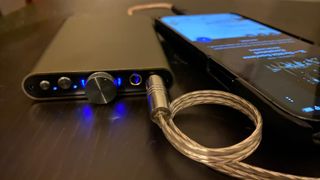
How do I stream hi-res audio?
Ready to wrap your ears around some hi-res tunes? There are four key services out there right now – every major player in the music streaming world (bar one) is slowly loading up on hi-res content. This isn't going to be an instant process, though, as it's dependent on record labels mastering hi-res versions of their libraries and, we're sure, a whole lot of licensing back-and-forth before those new versions are allowed online.
One name you won't see on the hi-res list is Spotify. It's not like we haven't waited long enough – the company began promising a hi-res offering, then called 'Spotify HiFi', as long ago as 2021 – but there are still no next-gen tunes available from the Swedish streaming giant.
The mooted 'Music Pro' add-on might be a glimmer of hope on the horizon, though. Code diggers have discovered references to lossless and 24-bit sound in Spotify's guts, so we're crossing our fingers and toes that there's a big upgrade coming.
Tidal
Tidal has a huge catalogue of music available in a lossless format – though to get access to hi-res tracks you'll need to opt for the pricier Tidal HiFi (CD-quality FLAC which Tidal calls 'High') or HiFI Plus (up to 24-bit/192kHz, now also only in FLAC since Tidal recently scrapped its MQA offering). https://www.techradar.com/reviews/tidal
Qobuz
By our reckoning, French streamer Qobuz has the largest hi-res collection of any streaming platform, with a big pile of its catalogue available in 24-bit/192kHz FLAC even for those on the most basic subscription. What's nice is that Qobuz will tell you precisely the quality you're listening to, perfect for a little A/B testing - and if you bump up your subscription to the higher Sublime tier, you get a 60% discount on hi-res purchases.
Apple Music
Going by the specific metric set out by the Hi-Res Audio guidelines, some of Apple Music's basic lossless ALAC streams qualify – and at a maximum of 24-bit/48kHz, they do scrape in. The good news is that there's also a raft of even better quality music on the service for no extra cost, that bumps the sample rate up to 192kHz. Apple Music will switch between them depending on whether you're at home or on the move, mind – and don't expect to get the full benefit of Apple Music's Lossless or Hi-Res Lossless files on its own AirPods (your Bluetooth connection there is too lossy). To enjoy Lossless on your iPhone, you'll need a good pair of wired headphones. To enjoy its top-tier Hi-Res Lossless offering, you'll need to add a DAC…
Amazon Music Unlimited
Amazon's big-boy streaming package mashes together the old Music Unlimited, Ultra HD, and Music HD services into a single entity above the Music Free and Music Prime tiers, and you'll find 'millions' of 24-bit FLAC files (many of which reach 192kHz) amongst the 70 million tracks available in at least lossless CD quality.
Which streaming service sounds the sweetest? Check out our guide to the best music streaming services…
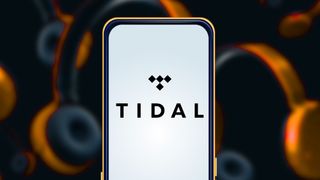
How do I buy hi-res audio files?
If you'd prefer to own your collection of hi-res tunes, you can have that! Bear in mind that hi-res audio will come at a bit of a premium over lower quality tracks, such is the way of the world – expect to pay about 50% more.
As we've already discussed, Qobuz (UK, US and Australia) isn't just a streaming platform – it's a great way to get hold of tunes to keep, whether you're subscribed or not. Just make sure to sort by sample rate if you're after the best possible recording quality. A top-tier Sublime sub will net you a 60% discount on downloads, so if you're really building that library it might be a good choice.
7Digital (UK and US) offers reasonably affordable FLAC files, easily distinguished by a big obvious yellow '24-bit FLAC' badge displayed over their album covers. It has a big catalogue with a strong search to help you find what you're looking for – just know that not all of its library is hi-res.
HDTracks (UK and US) is a decent store that seems to appeal to, shall we say, a listener of particular tastes and eras. If you're looking for crispy remasters of classic albums, you'll find them here, along with a very select range of newer titles.
If you'd prefer the security of physical media, it does exist, but not in any great numbers. Certain SACD recordings can meet the Hi-Res mark, DVD-Audio (rarer still) is compatible with the appropriate audio resolutions, and Sony's High Fidelity Pure Audio format packs 24-bit/192kHz recordings onto an extremely limited number of mainly classical Blu-rays.
You're really not short of options if you want a device to play back hi-res files. Most digital platforms can now support hi-res, and the majority of hardware has enough guts to easily decode the files.
Hi-res audio smartphones
Android phones are generally happy to play back hi-res audio, as are iPhones when properly configured. Just remember that getting the most from hi-res audio is an end-to-end process.
Decoding a hi-res file and then playing it through your phone's speakers obviously won't offer the results you're looking for. Neither, usually, will playing that file through Bluetooth headphones – most codecs, even the 24-bit/48Hz capable aptX HD, employ lossy compression (it's tricky, isn't it?).
The exception is Snapdragon Sound, Qualcomm's newest wireless streaming tech; if you have a phone with the hardware to support it (the Moto Razr Plus, Sony Xperia 1 V, or Nothing Phone(2) for example) and a compatible Bluetooth device to connect to it (newer Bose headphones, or cheaper devices from the likes of EarFun and Vivo) you'll be able to enjoy a lossless 24-bit/96kHz stream directly to your ears.
Don't expect Snapdragon Sound to come to iPhones any time soon, given that Apple tends to do its own – but we'd be shocked if the Cupertino clan didn't have some kind of lossless wireless tech up its sleeve.
The best way to experience hi-res is through a wired connection. You'll surely have noticed that the majority of phones have ditched their 3.5mm jacks (Moondrop's latest offering is one exception) which makes this a little more difficult. Certain models like Motorola's affordable Moto G 5G Power and the aforementioned (and more premium) Sony Xperia 1 V still carry a headphone port, and they're powerful enough to send most hi-res formats along it. But every phone, those included, could benefit from the power of an external DAC.
Hi-res audio DACs
Digital to analogue converters (DACs) turn jagged zeroes and ones into lovely smooth waveforms. That's basically all you need to know, other than to understand that not all DACs are created equal, and those with a sensitive ear will be able to tell the difference between, say, a phone's internal DAC and an external one, or the direct feed from a headphone jack and one coddled by the electronics of a good DAC.
Type-C DACs like Astell & Kern's AK USB-C Dual DAC (£199 / around $255 / around AU$385) and the older Helm Audio Bolt ($119.99 / £104.99 / AU$189) are a great option if you're looking to add hi-res jack output to phones, and generally don't break the bank.
Chord's Mojo 2 - the £449 (about $600 / AU$860) sequel to possibly the most popular DAC of all time - is a step up in performance, able to offer extra clarity to even non hi-res files. It can just about be used on the go - and that's true for the majority of the DAC market, if you don't mind trailing wires.
If you're serious about decoding hi-res at home, the iFi iDSD Diablo 2 ($1,299 / £1,299 / AU$2,199) is an expensive but ultra-satisfying option, mixing in a powerful headphone amp with a DAC capable of up to 32bit/768kHz decoding. That's ludicrous overkill, and that means it will set you up for the future quite nicely.
Hi-res digital audio players
The MP3 player never really died, it just evolved. Portable media players have become a top choice for those really dedicated to enjoying their hi-res libraries – and, given that most of them are basically Android phones in disguise, they're generally happy to work with hi-res streaming services, too.
The big difference is in the built-in hardware. You'll certainly get a jack output for your headphones, perhaps a 4.4mm jack for those audiophile cans, and most likely a DAC that'll rip through your tunes better than almost anything else. All this means hi-res players are just as at home hooked up to a proper hi-fi setup as they are in your pocket.
There are three key players (as it were) in the market: FiiO, Astell & Kern (the premium face of MP3 player legend iRiver), and Sony. Our favourite all-rounder is currently the FiiO M11S ($499 / £489 / around AU$799), which mixes a decent price with some extremely tight musical talent. Just make sure you add a little SD card memory to it, as 32GB internal storage doesn't go very far when you start playing with FLAC files. At 24-bit/192kHz, that's only about 8 hours' worth.
Hat tip, also, to the (comparatively) affordable Astell & Kern A&norma SR35 ($799 / £799 / AU$1,299), which our Audio Editor simply can't get enough of. It's at the bottom end of A&K's range – the ludicrous $3699 / £3799 / AU$5499 SP3000 tops out the line, but does so in style.
Hi-res music streamers
We're getting into the realm of proper hi-fi now. Many music streaming devices, designed to send your tunes around your home, are compatible with hi-res tracks, and these usually pack decent DACs along with their wireless streaming tech.
The WiiM Pro Music Streamer ($149/£149/around AU$225) is a great example. It absolutely doesn't break the bank, but operates natively at 24-bit/192kHz.
Be careful, though, as some wireless streamers don't support every hi-res service or format – WiiM's offering, for example, doesn't play nice with Apple Music.
Other hi-res hardware
You're really spoiled for choice if you want to find a hi-fi component for hi-res audio. The question isn't whether the kit is out there – it's what kind of hi-res kit you want.
Want hi-fi speakers? The KEF LS50 Wireless II bookshelf speakers ($2,499 / £2,250 / AU$4,295) are absolutely incredible, despite their now-advancing age. Make sure you use the wired connection to hook them up, though - wireless operation doesn't go beyond 24-bit/96kHz. For a cheaper, smaller, but still highly impressive alternative we'd turn to the perennial Ruark MR1 MkII – at just $379 / £349 / AU$749 this is a hi-res capable speaker pair that punches way above its weight.
How about a more self-contained speaker-and-streaming setup? Sonos' Era 300 ($449 / £449 / AU$749) is an absolute stunner, as long as you're using the hi-res services which it supports. Naim's top-end pair – the Mu-so Qb 2nd Generation and the spicier Mu-so 2nd Generation – are fantastic, however old they might get.
Don't forget your AV receiver, either. Fancy audio tech like Dolby Atmos might grab the headlines, but good AV amps tend to be audio powerhouses more than capable of decoding hi-res content. Look at Denon's range; the 8K-compatible AVC-X6800 shines, if you can afford it.

